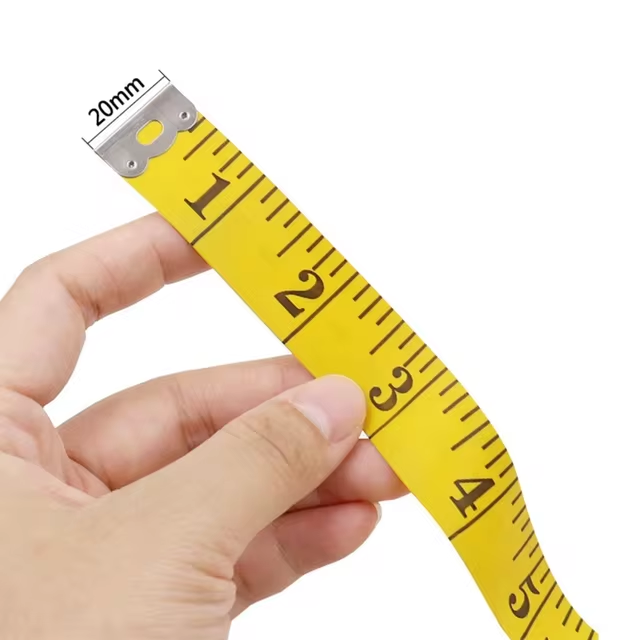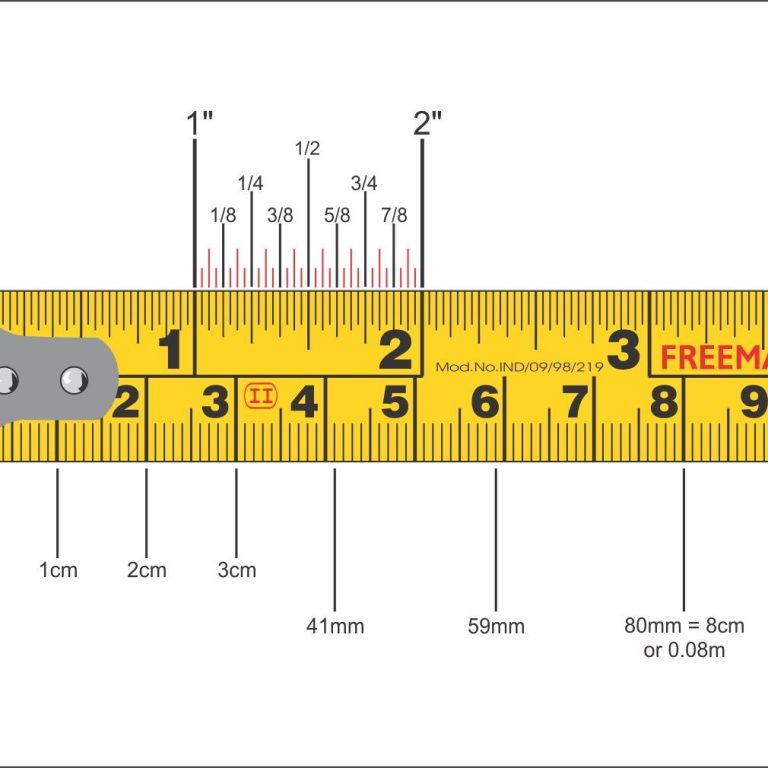
Tape Measure Guide: Essential Tips for Efficient Use
Accurate measurements are crucial in a wide array of projects, whether you’re embarking on a DIY home renovation, tailoring a garment, or working on a professional construction site. A reliable tape measure is an indispensable tool in these endeavors, and understanding how to use it effectively can significantly enhance the quality and precision of your work. This comprehensive tape measure guide will walk you through everything you need to know, from the basics of selecting the right tape measure to advanced techniques for flawless measurements.
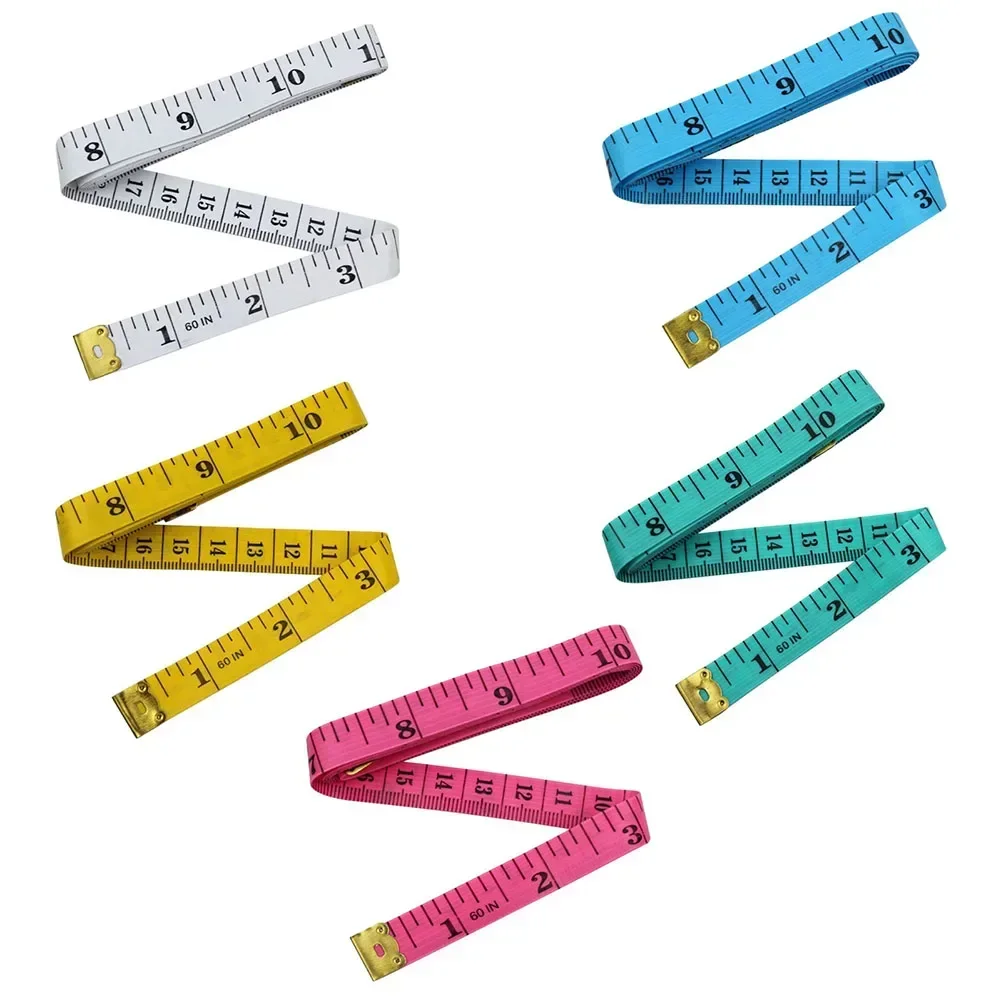 Choosing the Right Tape Measure for Your Needs
Choosing the Right Tape Measure for Your Needs
Selecting the appropriate tape measure is the first step towards ensuring accurate measurements. With various types and features available, it’s essential to choose one that aligns with your specific requirements.
Types of Tape Measures
There are several types of tape measures, each designed for different purposes:
- Standard Tape Measures: Ideal for general use, these tapes typically range from 12 to 25 feet and are suitable for most household and light construction tasks.
- Long-Range Tape Measures: These tapes extend up to 100 feet, making them perfect for large-scale projects such as surveying and extensive construction work.
- Retractable Tape Measures: Featuring a spring mechanism, these tapes automatically retract into their case, providing ease of use and quick access.
- Fiberglass Tape Measures: Known for their durability and weather resistance, these tapes are excellent for outdoor use and projects that require flexibility.
Key Features to Consider
When selecting a tape measure, consider the following features to ensure it meets your needs:
- Length: Determine the maximum length you require based on the projects you’ll be undertaking. A 25-foot tape measure is sufficient for most indoor tasks, while longer tapes are necessary for expansive outdoor projects.
- Blade Material: Metal blades are durable and suitable for heavy-duty tasks, whereas fiberglass blades are lightweight and resistant to moisture, making them ideal for outdoor use.
- Lock Mechanism: A reliable lock mechanism allows the tape to stay in place once extended, providing stability and accuracy during measurement.
- Hook Thickness: The accuracy of measurements can be influenced by the hook’s thickness at the tape’s end. Ensure the tape measure you choose accounts for this to maintain precision.
Mastering Basic Tape Measure Techniques
Understanding how to use a tape measure effectively is fundamental to obtaining accurate measurements. This section covers essential techniques to help you get started.
Starting at Zero
Always begin your measurement at the zero mark of the tape. The hook at the end of the tape is typically designed to account for its own thickness, ensuring that the measurement remains accurate whether you’re measuring an external or internal dimension.
Keeping the Tape Straight
Maintaining a straight and taut tape is critical for precision. Avoid bending or twisting the tape, as this can lead to inaccurate readings. For longer measurements, support the tape at intervals to prevent sagging.
Reading the Measurements
Familiarize yourself with the markings on the tape measure. Most tapes display both imperial (inches and feet) and metric (centimeters and meters) units. Understanding how to interpret these markings quickly will streamline your measurement process.
Using Both Hands
For enhanced control and accuracy, use both hands when extending and retracting the tape. One hand should hold the tape firmly at the starting point, while the other manages the extension and locking mechanism. This approach minimizes movement and reduces the likelihood of errors.
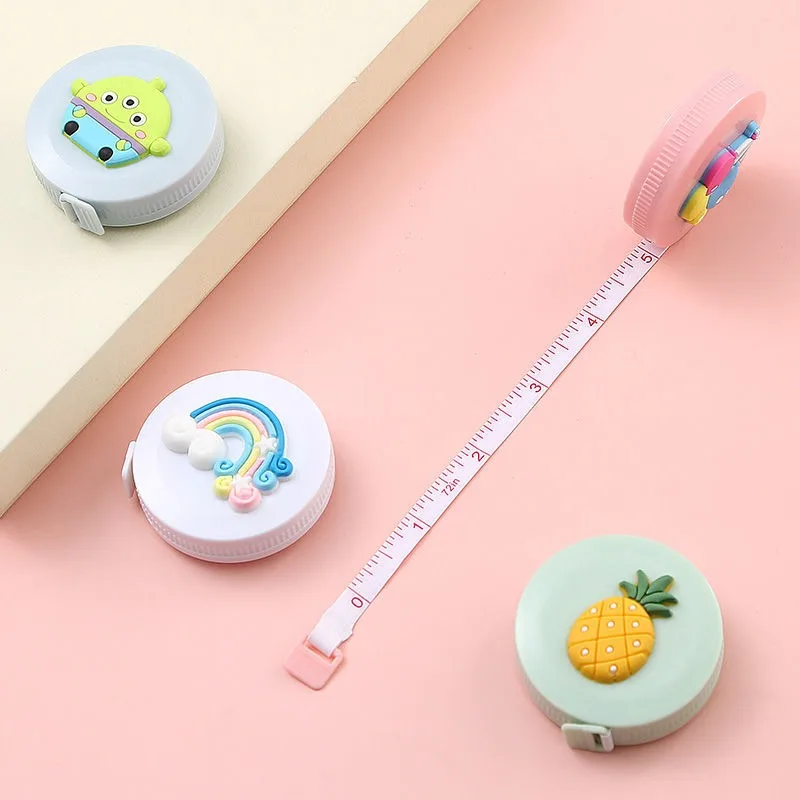 Avoiding Common Measurement Mistakes
Avoiding Common Measurement Mistakes
Even with experience, it’s easy to make mistakes when using a tape measure. Being aware of these common errors and knowing how to prevent them can significantly improve your measurement accuracy.
Misaligned Tape
Ensure that the tape measure is aligned correctly with the object or surface you’re measuring. Misalignment can cause angling issues, leading to incorrect measurements. Always hold the tape perpendicular to the surface for the most accurate results.
Parallax Error
Parallax error occurs when the tape measure is not viewed straight-on, causing the measurement markings to appear distorted. To avoid this, position yourself directly in front of the measurement mark and keep your eyes level with the tape.
Inconsistent Tension
Applying uneven tension while measuring can cause the tape to stretch or bend, resulting in inaccurate measurements. Maintain consistent pressure throughout the measurement process to ensure reliability.
Advanced Tape Measure Techniques
For more complex projects, advanced techniques can enhance the precision and efficiency of your measurements. These strategies are particularly beneficial for professionals who require meticulous accuracy.
Measuring Curved or Irregular Surfaces
When dealing with curved or irregular surfaces, it’s essential to handle the tape measure with care to follow the contour accurately. Use a flexible tape, such as a fiberglass measure, to bend around curves without compromising the measurement’s integrity.
Using Measurement Markers
In scenarios where multiple measurements or repetitive tasks are involved, markers can be incredibly useful. Utilize masking tape or chalk to mark specific points on the surface, ensuring consistency and saving time during project execution.
Two-Person Measurements
For large or challenging measurements, enlisting a second person can improve accuracy. One individual holds the tape at the starting point, while the other extends it to the desired length. This collaboration minimizes errors and ensures a steadier measurement process.
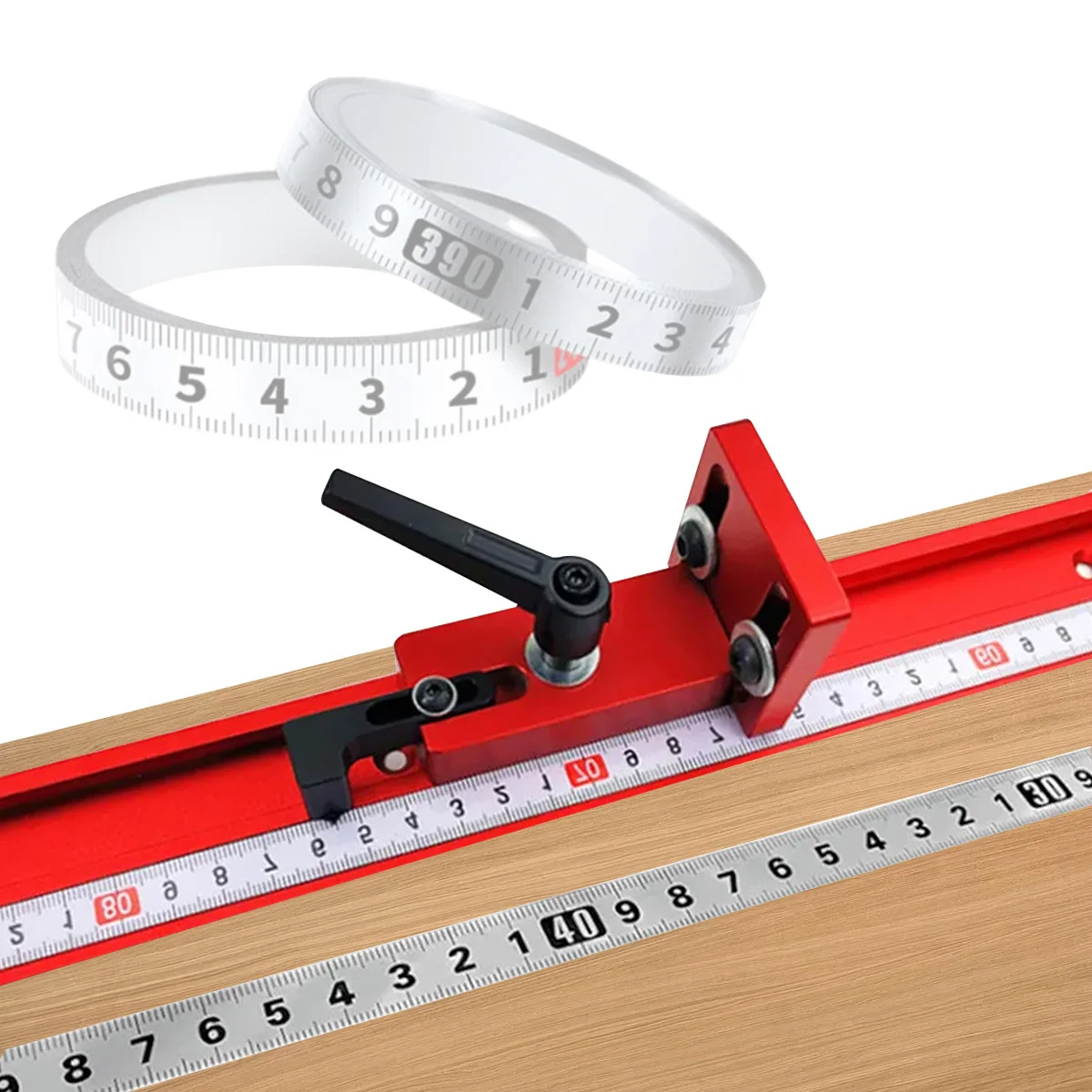 Maintaining Your Tape Measure
Maintaining Your Tape Measure
Proper maintenance of your tape measure is essential for ensuring its longevity and accuracy. Regular upkeep prevents wear and tear, allowing the tool to function optimally over time.
Cleaning the Tape
After use, wipe the tape blade with a clean cloth to remove dirt, debris, and moisture. This practice helps prevent rusting and sticking, ensuring smooth retraction and accurate measurements in future use.
Inspecting for Damage
Regularly inspect your tape measure for signs of damage, such as kinks, bends, or broken hooks. Damaged tapes can lead to unreliable measurements and should be repaired or replaced promptly to maintain precision.
Storing Properly
Store your tape measure in a dry, cool place, preferably in its case, to protect it from moisture and extreme temperatures. Proper storage prevents rusting and other forms of deterioration that can affect the tape’s functionality.
Leveraging Digital Tools for Enhanced Accuracy
Technological advancements have introduced digital tools that complement traditional tape measures, offering enhanced accuracy and convenience.
Digital Tape Measures
Digital tape measures provide precise measurements with the added benefit of digital displays. These devices often include features such as memory storage, unit conversion, and automatic locking, streamlining the measurement process.
Laser Distance Meters
Laser distance meters offer quick and accurate measurements without the need for a physical tape. They are especially useful for measuring large distances and hard-to-reach areas, providing digital readings that minimize human error.
Mobile Measurement Apps
Several mobile applications simulate tape measure functionalities, allowing users to take measurements using their smartphones. While not always as accurate as physical tapes, these apps can be useful for approximate measurements and quick assessments.
Enhancing Your Measurement Skills
Improving your measurement skills involves practice and a deeper understanding of measurement principles. Here are some strategies to enhance your proficiency.
Regular Practice
Consistent practice is key to mastering tape measure techniques. Regularly measure various objects and spaces to build your confidence and accuracy. Over time, you’ll develop a natural sense for precision.
Understanding Measurement Conversion
Proficiency in converting between different units of measurement can streamline your workflow and reduce the likelihood of errors, especially when working on projects that require multiple measurement systems.
Studying Measurement Principles
A solid grasp of basic measurement principles, including geometry and arithmetic, can improve your ability to interpret and utilize measurements effectively. Understanding these concepts aids in precise calculations and adjustments during projects.
 The Importance of a Comprehensive Tape Measure Guide in Professional Settings
The Importance of a Comprehensive Tape Measure Guide in Professional Settings
In professional environments, accurate measurements are non-negotiable for ensuring the quality and success of projects. Whether in construction, tailoring, or design, a comprehensive tape measure guide can make a significant difference.
Construction and Architecture
In construction and architecture, exact measurements are vital for structural integrity and design accuracy. A thorough tape measure guide ensures that dimensions are met, materials are correctly cut, and overall project plans are faithfully executed.
Tailoring and Fashion Design
For tailors and fashion designers, accurate measurements impact the fit and comfort of garments. A detailed tape measure guide guarantees that clothing items meet clients’ specifications and uphold high-quality standards.
Interior Design and Home Improvement
Interior designers and home improvement enthusiasts rely on precise measurements to plan layouts, choose appropriately sized furniture, and execute renovations seamlessly. A comprehensive tape measure guide ensures that spaces are utilized effectively and aesthetically pleasing outcomes are achieved.
Safety Tips When Using a Tape Measure
While using a tape measure is generally safe, adhering to safety practices can prevent accidents and injuries.
Handling with Care
The tape blade is sharp and can cause injuries if not handled properly. Avoid letting the tape snap back abruptly, as this can lead to cuts or punctures. Always extend and retract the tape slowly and carefully.
Using Protective Gear
When working in environments where the tape measure might come into contact with machinery or sharp objects, wearing protective gloves can prevent injuries and protect the tape from damage.
Proper Storage
Improper storage can lead to the tape becoming tangled or damaged, increasing the risk of accidents during use. Ensure that the tape is coiled neatly inside its case and stored in a safe location away from children.
Troubleshooting Common Tape Measure Issues
Even with proper techniques, you might encounter challenges when using a tape measure. Understanding how to troubleshoot these issues can help maintain measurement accuracy.
Tape Sticking or Binding
If the tape sticks or binds while extending or retracting, clean the blade and ensure there are no obstructions or debris. Regular maintenance can prevent this issue from occurring frequently.
Fading or Illegible Markings
Over time, the measurement markings on the tape may fade, making them difficult to read. Using a fine-tipped permanent marker to trace over the faded lines can restore visibility and maintain accuracy.
Hook Malfunctions
A malfunctioning hook can lead to inaccurate measurements. If the hook is bent or broken, consider repairing it or replacing the tape measure to ensure reliable measurements.
Integrating the Guide into Your Workflow
Incorporating the principles and techniques outlined in this tape measure guide into your daily workflow can enhance efficiency and accuracy across all your projects.
Planning Ahead
Before starting any project, review your tape measure guide to refresh your knowledge of proper measurement techniques. Planning ahead ensures that you approach each task with precision and confidence.
Organizing Your Tools
Keep your tape measure and other measuring tools organized and easily accessible. An organized workspace minimizes time spent searching for tools and reduces the likelihood of measurement errors.
Continuous Learning
Stay updated with the latest advancements in measurement technology and techniques. Continuous learning ensures that you remain proficient and can adapt to new tools and methods that enhance measurement accuracy.
 Conclusion
Conclusion
Mastering the art of measuring is fundamental to the success of any project, and a thorough tape measure guide is your key to achieving precision and excellence. By understanding the different types of tape measures, mastering essential and advanced techniques, maintaining your tools, and integrating best practices into your workflow, you can ensure that your measurements are always accurate and reliable.
Whether you’re a seasoned professional or a DIY enthusiast, this tape measure guide provides the knowledge and strategies needed to elevate the quality and success of your work. Embrace these practices to enhance your measurement skills, prevent common errors, and achieve flawless results in every project you undertake.
